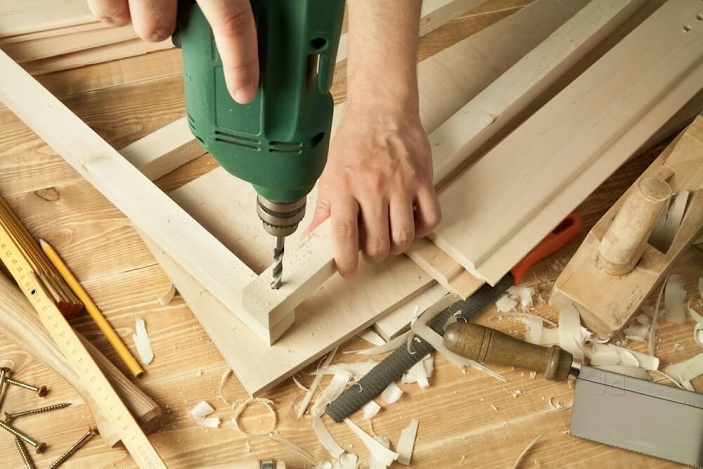How to Tackle Common Furniture Issues: A Handy DIY Guide to Repairing Everyday Wear and Tear
Furniture Repair is an important skill to develop for those who enjoy woodworking and working with furniture pieces. There are various levels of repair and refinishing that can be applied to furniture depending on the condition, size and age of the piece. The type of material and finish used will also affect the cost.
Woodworking
Woodworking skills are essential in most areas of the furniture repair industry. This is especially true when it comes to refinishing or restoring furniture. There are a number of steps involved in the process that may include sanding, wood filler, and reapplication of a protective coat. This can include stain, varnish or paint. Many upholsterers and woodworkers have specialized training in these areas.
Furniture repair
The majority of furniture repair and refinishing jobs require some level of disassembly. This can be a very time-consuming process, but it is necessary to do the job properly. It's always a good idea to start with the least expensive piece of furniture and work your way up to more expensive items as you get experience and build your skill set.
Damage
Heirlooms, antiques and other family treasures should never be discarded due to damage. The experts at a professional furniture restoration company can help save and repair damaged pieces of heirlooms or antiques, bringing them back to life.
Furniture
Most furniture is made from a combination of materials, including solid wood and wood veneers. The furniture may have metal or plastic parts as well. Furniture Medic has technicians who specialize in working with these kinds of materials to restore antiques and heirlooms.
Complex
Some Furniture Repair are simple, such as replacing missing or broken nails. Others can be very complex, such as repairing a broken leg or arm. It is essential that the damaged piece of furniture is carefully inspected to determine the exact nature of the problem and the most effective way to fix it.
When a piece of furniture is damaged, it is very important to keep an eye out for loose joints, cracks or chips in the surface. These types of problems can lead to more extensive damage, such as rot or insect infestations. These issues can be difficult to detect, and it is a good idea to have some basic tools on hand in order to address them as they arise.
A good set
A good set of pliers will be very useful for a variety of furniture repair tasks. Locking pliers are especially helpful, and they have a small knurled knob on the handle that can be adjusted to lock the jaws around any object. They are excellent for turning stuck nuts and bolts, as well as pulling out nails.
There are a number of other common tools that are often found in the tool box of a furniture repair technician. Some examples are:
Conclusion
A wood vise can be very helpful when reworking a piece of furniture. These tools can be purchased at most home centers and can help hold the piece of furniture in place while you work on it. Some of these tools are designed to accommodate a wide range of diameters, so make sure that the one you buy is appropriate for your project.




Comments
Post a Comment